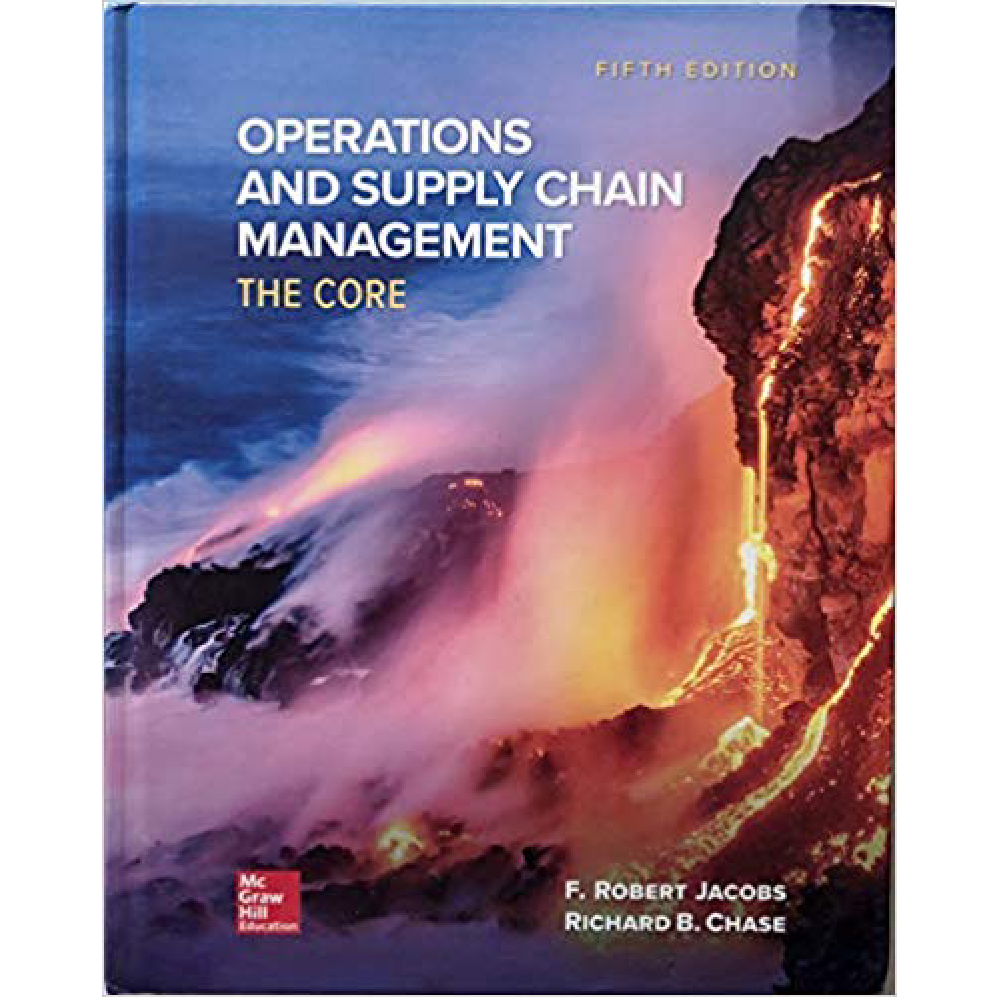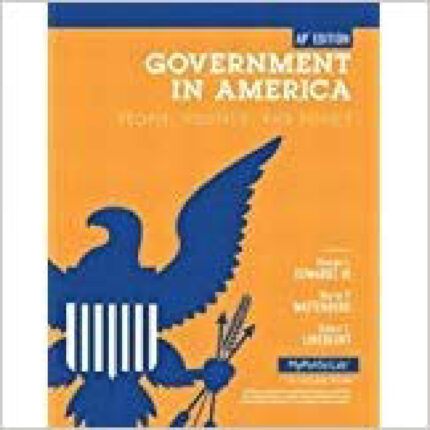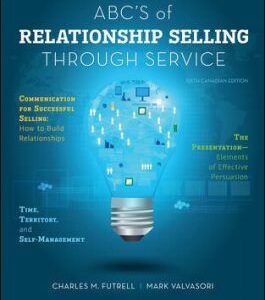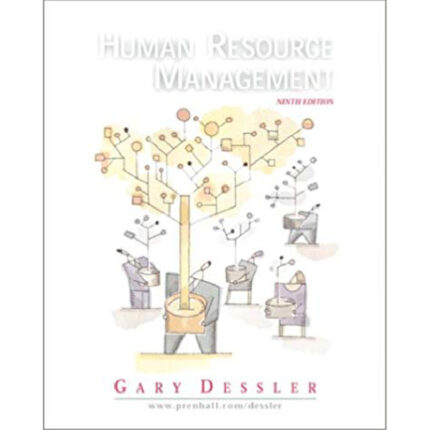Operations And Supply Chain Management The Core 5th Edition By F. Robert Jacobs – Test Bank
Chapter 11 Inventory Management
1) Inventory is defined as the stock of any item or resource used in an organization.
Answer: TRUE
Explanation: Inventory is the stock of any item or resource used in an organization.
Difficulty: 1 Easy
Topic: Understanding Inventory Management
Learning Objective: 11-01 Explain how inventory is used and understand what it costs.
Bloom’s: Remember
AACSB: Reflective Thinking
Accessibility: Keyboard Navigation
2) An inventory system is a set of policies and controls that monitors levels of inventory and determines what levels should be maintained, when stock should be replenished, and how large orders should be.
Answer: TRUE
Explanation: An inventory system is the set of policies and controls that monitor levels of inventory and determine what levels should be maintained, when stock should be replenished, and how large orders should be.
Difficulty: 1 Easy
Topic: Understanding Inventory Management
Learning Objective: 11-01 Explain how inventory is used and understand what it costs.
Bloom’s: Remember
AACSB: Reflective Thinking
Accessibility: Keyboard Navigation
3) One of the basic purposes of inventory analysis in manufacturing and stockkeeping services is to specify when items should be ordered.
Answer: TRUE
Explanation: The basic purpose of inventory analysis in manufacturing and stockkeeping services is to specify (1) when items should be ordered and (2) how large the order should be.
Difficulty: 1 Easy
Topic: Understanding Inventory Management
Learning Objective: 11-01 Explain how inventory is used and understand what it costs.
Bloom’s: Remember
AACSB: Reflective Thinking
Accessibility: Keyboard Navigation
4) One of the basic purposes of inventory analysis in manufacturing and stockkeeping services is to determine the level of quality to specify.
Answer: FALSE
Explanation: The basic purpose of inventory analysis in manufacturing and stockkeeping services is to specify (1) when items should be ordered and (2) how large the order should be.
Difficulty: 1 Easy
Topic: Understanding Inventory Management
Learning Objective: 11-01 Explain how inventory is used and understand what it costs.
Bloom’s: Remember
AACSB: Reflective Thinking
Accessibility: Keyboard Navigation
5) One of the basic purposes of inventory analysis in manufacturing and stockkeeping services is to determine how large the orders to vendors should be.
Answer: TRUE
Explanation: The basic purpose of inventory analysis in manufacturing and stockkeeping services is to specify (1) when items should be ordered and (2) how large the order should be.
Difficulty: 1 Easy
Topic: Understanding Inventory Management
Learning Objective: 11-01 Explain how inventory is used and understand what it costs.
Bloom’s: Remember
AACSB: Reflective Thinking
Accessibility: Keyboard Navigation
6) In inventory models, high holding costs tend to favor high inventory levels.
Answer: FALSE
Explanation: Holding (or carrying) costs. This broad category includes the costs for storage facilities, handling, insurance, pilferage, breakage, obsolescence, depreciation, taxes, and the opportunity cost of capital. Obviously, high holding costs tend to favor low inventory levels and frequent replenishment.
Difficulty: 1 Easy
Topic: Understanding Inventory Management
Learning Objective: 11-01 Explain how inventory is used and understand what it costs.
Bloom’s: Understand
AACSB: Reflective Thinking
Accessibility: Keyboard Navigation
7) In inventory models, high holding costs tend to favor low inventory levels and frequent replenishment.
Answer: TRUE
Explanation: Holding (or carrying) costs. This broad category includes the costs for storage facilities, handling, insurance, pilferage, breakage, obsolescence, depreciation, taxes, and the opportunity cost of capital. Obviously, high holding costs tend to favor low inventory levels and frequent replenishment.
Difficulty: 1 Easy
Topic: Understanding Inventory Management
Learning Objective: 11-01 Explain how inventory is used and understand what it costs.
Bloom’s: Understand
AACSB: Reflective Thinking
Accessibility: Keyboard Navigation
8) If the cost to change from producing one product to producing another were zero the lot size would be very small.
Answer: TRUE
Explanation: If there were no costs or loss of time in changing from one product to another, many small lots would be produced.
Difficulty: 1 Easy
Topic: Understanding Inventory Management
Learning Objective: 11-01 Explain how inventory is used and understand what it costs.
Bloom’s: Understand
AACSB: Reflective Thinking
Accessibility: Keyboard Navigation
9) Shortage costs are precise and easy to measure.
Answer: FALSE
Explanation: When the stock of an item is depleted, an order for that item must either wait until the stock is replenished or be canceled. There is a trade-off between carrying stock to satisfy demand and the costs resulting from stockout. This balance is sometimes difficult to obtain, because it may not be possible to estimate lost profits, the effects of lost customers, or lateness penalties.
Difficulty: 1 Easy
Topic: Understanding Inventory Management
Learning Objective: 11-01 Explain how inventory is used and understand what it costs.
Bloom’s: Remember
AACSB: Reflective Thinking
Accessibility: Keyboard Navigation
10) Inventory levels of dependent demand items are usually managed by calculations using calculus-driven, cost-minimizing models.
Answer: FALSE
Explanation: The demand for dependent demand items is a direct result of the need for some other item, usually a higher-level item of which it is part. The timing of that demand and the order quantities drive the inventory level.
Difficulty: 1 Easy
Topic: Understanding Inventory Management
Learning Objective: 11-02 Analyze how different inventory control systems work.
Bloom’s: Remember
AACSB: Reflective Thinking
Accessibility: Keyboard Navigation













Reviews
There are no reviews yet.